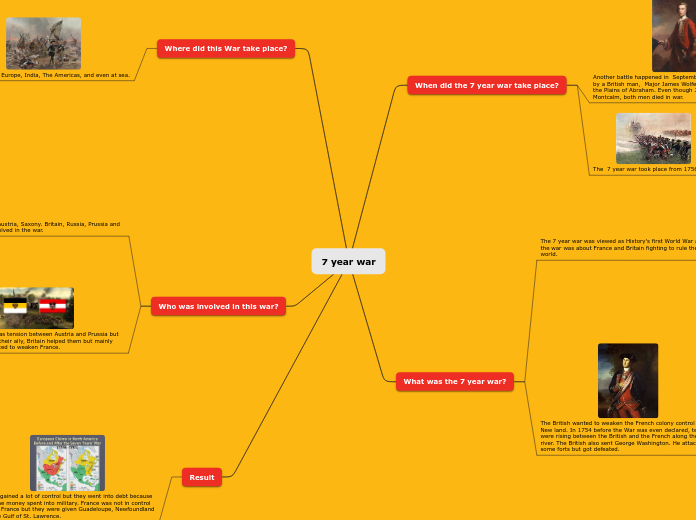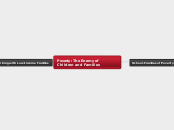por Morten Juhl 12 anos atrás
307
Jan 2013
The document delves into various aspects of cellular studies, focusing on murine and human nuclei within myotubes. It outlines the methodology employed, including the development of specific cell lines such as C2C12 and ASC-GFP, and the use of cellular stains for observing different cell components.









